Thunder Model – 1/35 LRDG Wireless Truck Bonus edition
59,90€
Only 1 left in stock

*Please check our Privacy Policies to see how to we use your personal data.
*Por favor revisa nuestra Política de Privacidad para ver como tratamos tus datos personales
Introduction – by Charlie Down, The LRDG Preservation Society
“Only men who do not mind a hard life, with scanty food, little water and lots of discomfort, men who possess stamina and initiative, need apply”
The Long Range Desert Group was the first and ‘arguably the most dashing and successful irregular formation on either side in the entire war’. Their role was deep penetration reconnaissance, road-watching (observing Axis forces movements along the coastal roads to establish logistics and military unit movements to and from the front line hundreds of miles away), and raiding (they attacked airfields long before the British Special Air Service thought of it). They also transported allied agents and the SAS on their initial raids behind enemy lines, recovered downed aircrew and lost soldiers, and were the first to accurately map the North African desert. They were often referred to as the ‘Libyan Taxi service’ by those who benefitted from their skills, and were highly respected for their ability to get to any point in the desert at a given time.
The LRDG were masters of the Libyan Desert during the War in North Africa. Experts in desert navigation, driving, signals and survival. Their operational requirements were unique in the British Army and initially they chose the civilian 2 wheel drive Chevrolet WA trucks, robust and simple, and with the right driving techniques and equipment capable of passing over the majority of desert terrain encountered. After a year of operations these trucks desperately needed replacing, but there were no more Chevrolets, the best option in North Africa being the CMP Ford F30 with the No11 cab.
Like the Chevrolet truck before and after their operational period, the Ford F30’s were modified specifically for LRDG desert operations. The cab was removed for a lower profile, the bonnet panels were usually discarded to allow greater cooling for the engine and transmission, Power take off air compressor fitted to the transmission, a condenser tank added that condensed steam from the radiator to save water, racks for sand mats and channels to help extricate the trucks from soft sand, Vickers MKI (no water can and hose connected, and water jacket filled with oil) and Lewis guns, as well as Boys Anti-Tank Rifle mounts for self-protection and raids, and sand tyres. Another feature is that these early Ford trucks were fitted with Chevrolet ‘Banjo’ type axles due to Ford having initial production issues with their axles. The different makes of axles were designed to be interchangeable on these trucks.
There were 3 main variants, the standard Patrol truck, the 37mm Bofors anti-tank gun truck with a special gun mount in the rear body, and the wireless/navigator truck fitted a Bagnold Sun Compass, with a civilian Philips 635 radio receiver for the time signal required for accurate navigation by the stars, and the standard No 11 Wireless set for sending intelligence back to base. When used with the Windom dipole aerial mounted on 16 ‘ /4.6m poles they could often ‘skip’ a signal over a 1,000 miles directly back to Cairo.
The Ford F30’s had the advantage of 4 wheel drive, a more powerful 95HP V8 engine, and a bigger load area compared to the Chevrolet trucks. However they were harder to camouflage due to their height, louder with the 4×4 transmission and V8 engine, heavier, had a shorter range due to their poorer MPG (Miles per Gallon) and were less reliable. Some of the trucks had their bodies moved back 12”/300mm on the chassis for better centralisation of the load over the rear axle. These can be identified by 2 spare wheels fitted between the body and the cab.
1/35 LRDG F30 Wireless Truck, Standard Edition
- 5 plastic sprues with 280 parts
- clear parts
- resin cast wheels, radio Philips and No.11 Wireless set
- PE detail sheets
- 5 marking option decal with instruments placards
- 3D decals for No.11 Wireless set
- accurately reproduced to the highest detail standard
- developed in partnership with the LRDG Preservation Society
- informative booklet included
Bonus edition:
- 2 highly detailed resin cast figures
- 3D set of printed common weapons used by the LRDG patrols in resin
- 3D printed Air Vent Intakes, Curved Hook and Horn in resin for the best reproduction
- 3D printed Morse Key, Switch, Microphone and 2 Compasses
Introducción – por Charlie Down, The LRDG Preservation Society
«Sólo hombres a los que no les importe una vida dura, con escasa comida, poca agua y muchas incomodidades, hombres que posean resistencia e iniciativa, deben presentarse».
El Grupo de Largo Alcance en el Desierto fue la primera y «posiblemente la formación irregular más audaz y exitosa de ambos bandos en toda la guerra». Su función era el reconocimiento de penetración profunda, la vigilancia de carreteras (observación de los movimientos de las fuerzas del Eje a lo largo de las carreteras costeras para establecer la logística y los movimientos de las unidades militares hacia y desde la línea del frente a cientos de kilómetros de distancia) y el asalto (atacaron aeródromos mucho antes de que se le ocurriera al Servicio Aéreo Especial británico). También transportaron a agentes aliados y al SAS en sus incursiones iniciales tras las líneas enemigas, recuperaron tripulaciones derribadas y soldados perdidos, y fueron los primeros en cartografiar con precisión el desierto norteafricano. Los que se beneficiaron de sus habilidades los llamaban a menudo el «servicio de taxis libio», y eran muy respetados por su capacidad para llegar a cualquier punto del desierto en un momento dado.
El LRDG era el amo del desierto libio durante la guerra del norte de África. Expertos en navegación por el desierto, conducción, señales y supervivencia. Sus requisitos operativos eran únicos en el ejército británico e inicialmente eligieron los camiones civiles Chevrolet WA de 2 ruedas motrices, robustos y sencillos, y con las técnicas de conducción y el equipo adecuados capaces de pasar por la mayoría de los terrenos desérticos encontrados. Después de un año de operaciones estos camiones necesitaban desesperadamente ser reemplazados, pero no había más Chevrolet, la mejor opción en el norte de África era el CMP Ford F30 con la cabina No11.
Al igual que los camiones Chevrolet anteriores y posteriores a su periodo operativo, los Ford F30 fueron modificados específicamente para las operaciones en el desierto del LRDG. Se eliminó la cabina para conseguir un perfil más bajo, los paneles del capó se descartaron normalmente para permitir una mayor refrigeración del motor y la transmisión, se instaló un compresor de aire de toma de fuerza en la transmisión, se añadió un depósito condensador que condensaba el vapor del radiador para ahorrar agua, bastidores para esteras de arena y canales para ayudar a sacar los camiones de la arena blanda, cañones Vickers MKI (sin bidón de agua ni manguera conectada, y camisa de agua llena de aceite) y Lewis, así como montajes de fusiles antitanque Boys para autoprotección y asaltos, y neumáticos de arena. Otra característica es que estos primeros camiones Ford estaban equipados con ejes Chevrolet de tipo «Banjo» debido a que Ford tuvo problemas iniciales de producción con sus ejes. Las diferentes marcas de ejes se diseñaron para que fueran intercambiables en estos camiones.
Existían 3 variantes principales: el camión patrulla estándar, el camión con cañón antitanque Bofors de 37 mm con un soporte especial para el cañón en la parte trasera de la carrocería, y el camión inalámbrico/navegador equipado con una brújula solar Bagnold, con un receptor de radio Philips 635 civil para la señal horaria necesaria para una navegación precisa por las estrellas, y el equipo inalámbrico estándar n.º 11 para enviar información a la base. Cuando se utilizaban con la antena dipolo Windom montada en mástiles de 4,6 m, a menudo podían «saltar» una señal a más de 1.000 millas directamente de vuelta a El Cairo.
Los Ford F30 tenían la ventaja de contar con tracción a las cuatro ruedas, un motor V8 de 95 CV más potente y una mayor superficie de carga que los Chevrolet. Sin embargo, eran más difíciles de camuflar debido a su altura, más ruidosos con la transmisión 4×4 y el motor V8, más pesados, tenían una menor autonomía debido a su menor MPG (Millas por Galón) y eran menos fiables. Algunos camiones tenían la carrocería desplazada hacia atrás 300 mm en el chasis para centralizar mejor la carga sobre el eje trasero. Se pueden identificar por las 2 ruedas de repuesto instaladas entre la carrocería y la cabina.
Camión Inalámbrico LRDG F30 1/35, Edición Estándar
- 5 matrices de plástico con 280 piezas
- piezas transparentes
- Ruedas de resina, radio Philips y set inalámbrico nº 11
- hojas de detalles PE
- 5 calcas de opción de marcado con rótulos de instrumentos
- Calcas 3D para el set inalámbrico nº 11
- reproducido con la máxima precisión y detalle
- desarrollado en colaboración con la LRDG Preservation Society
- folleto informativo incluido
Bonus edition:
- 2 figuras de resina de gran detalle
- Juego de armas comunes impresas en 3D utilizadas por las patrullas del LRDG en resina
- Tomas de aire, gancho curvado y bocina impresos en 3D en resina para una mejor reproducción
- Llave Morse, interruptor, micrófono y 2 brújulas impresos en 3D


"Exclusive Product Walk Around"
Additional information
| Weight | 0,4 kg |
|---|---|
| Dimensions | 30 × 16 × 7 cm |
| Brands | |
| Materials | Plastic |
| Product | |
| Pack | Single |
| Scale | 1/35 |
| Theme | AFV, Military |
| Army | British |


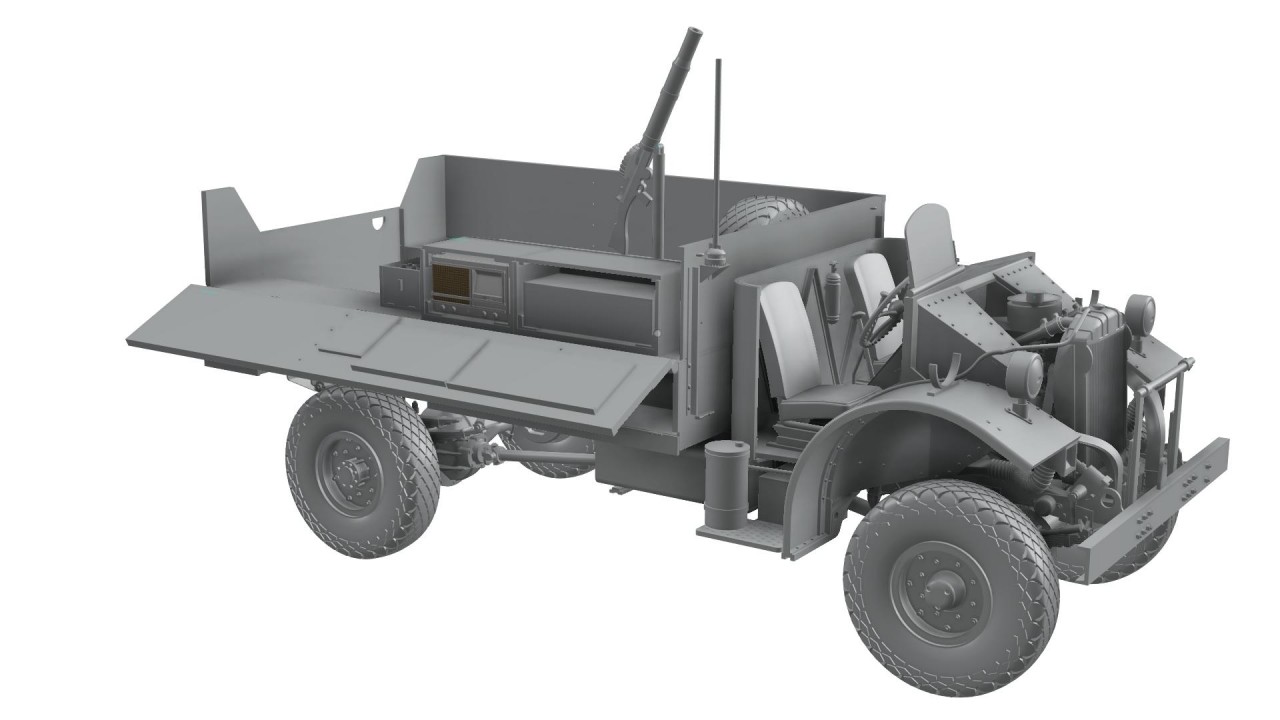

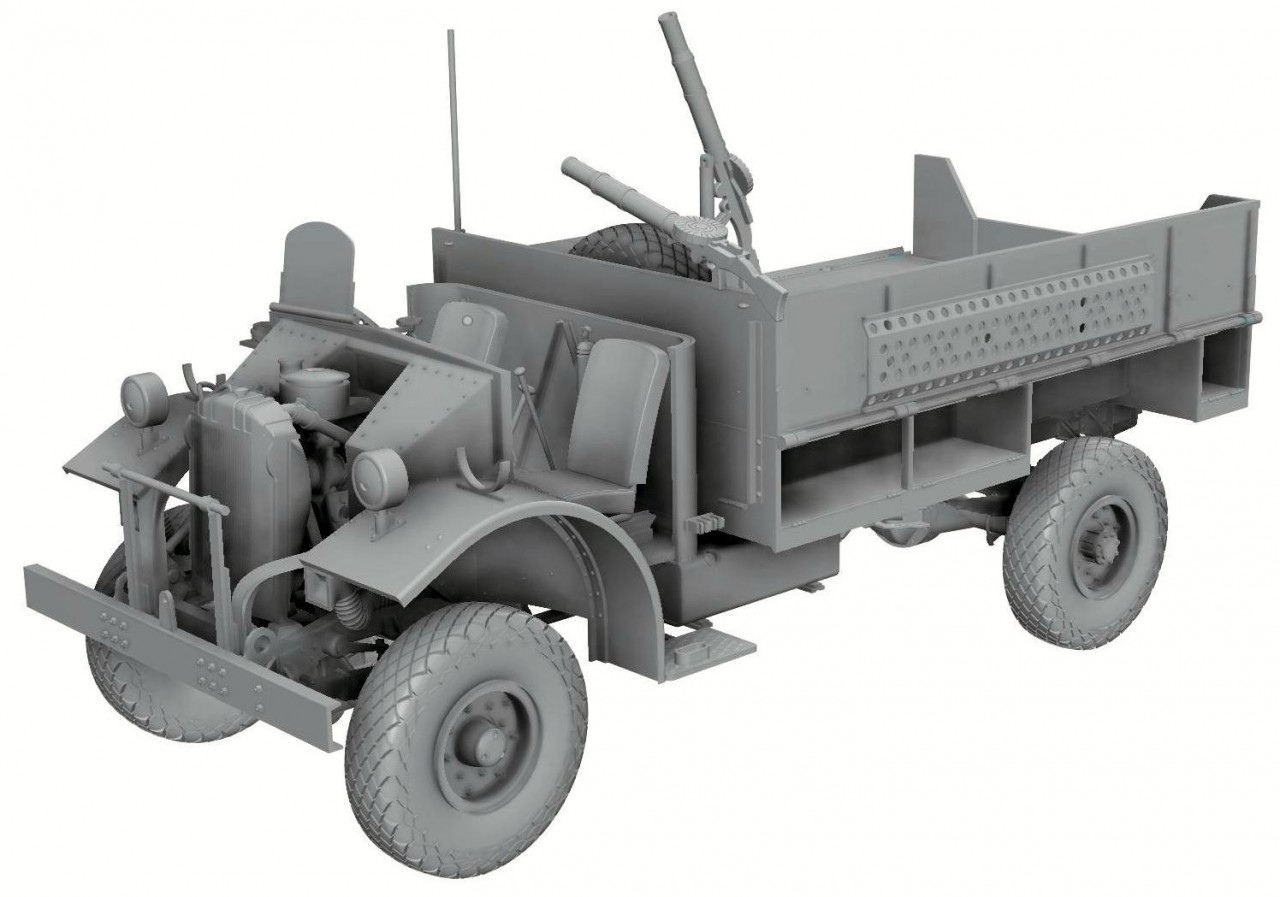
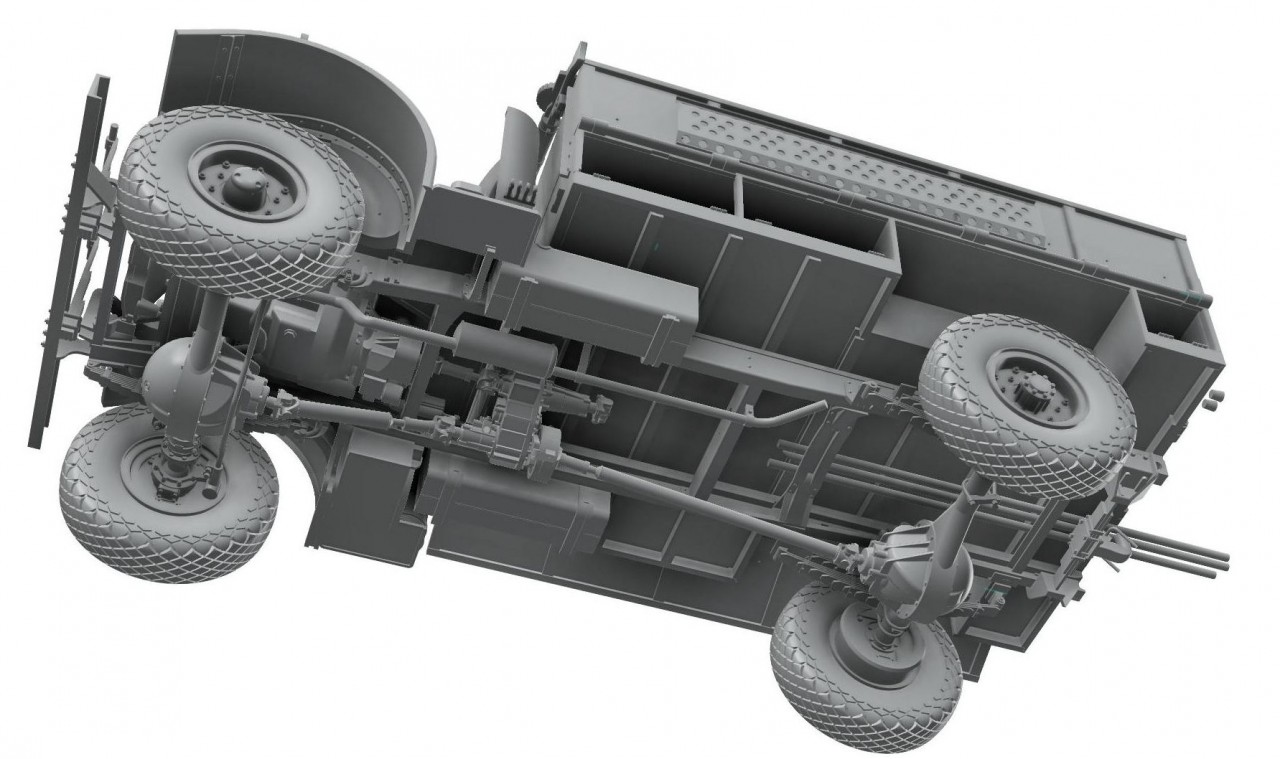
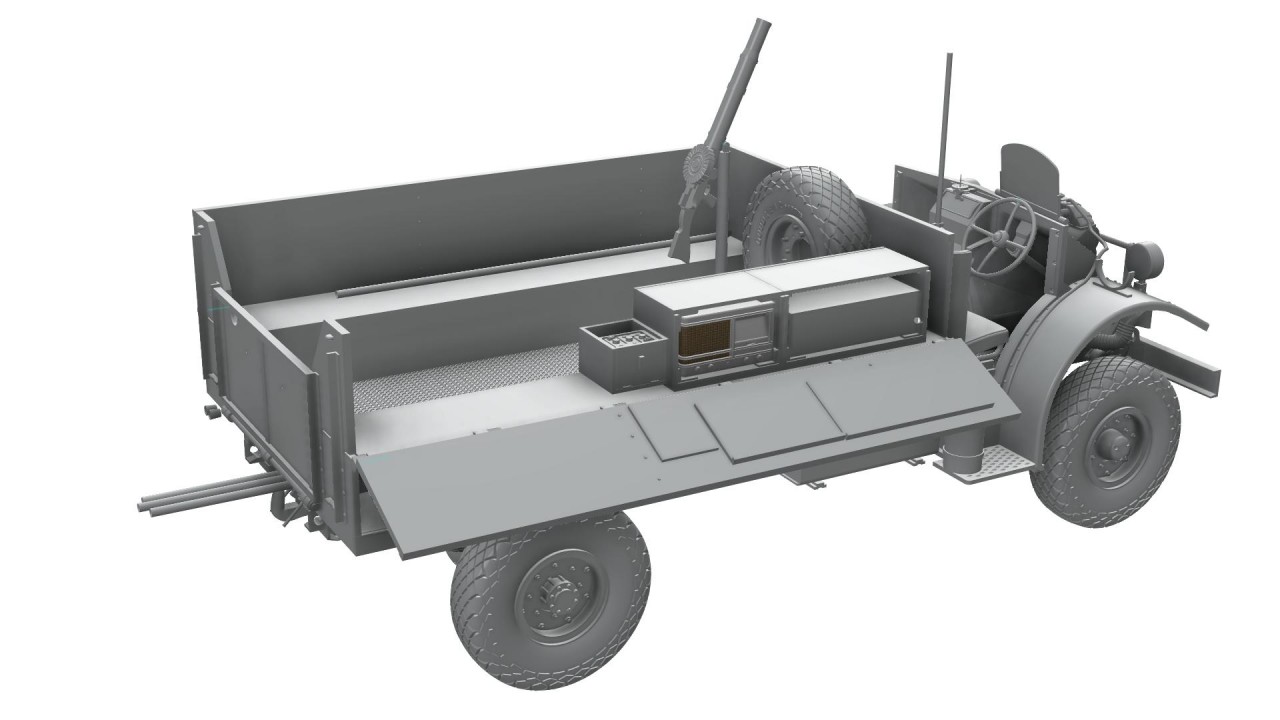



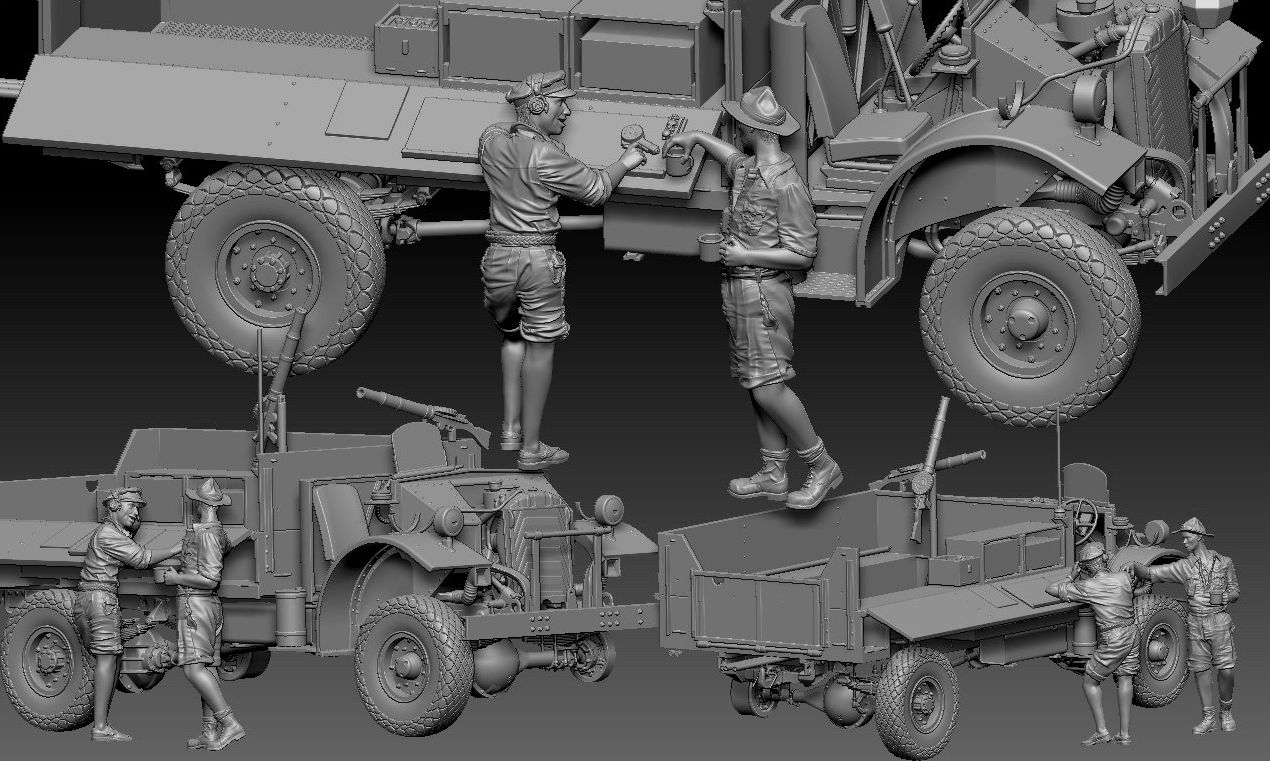
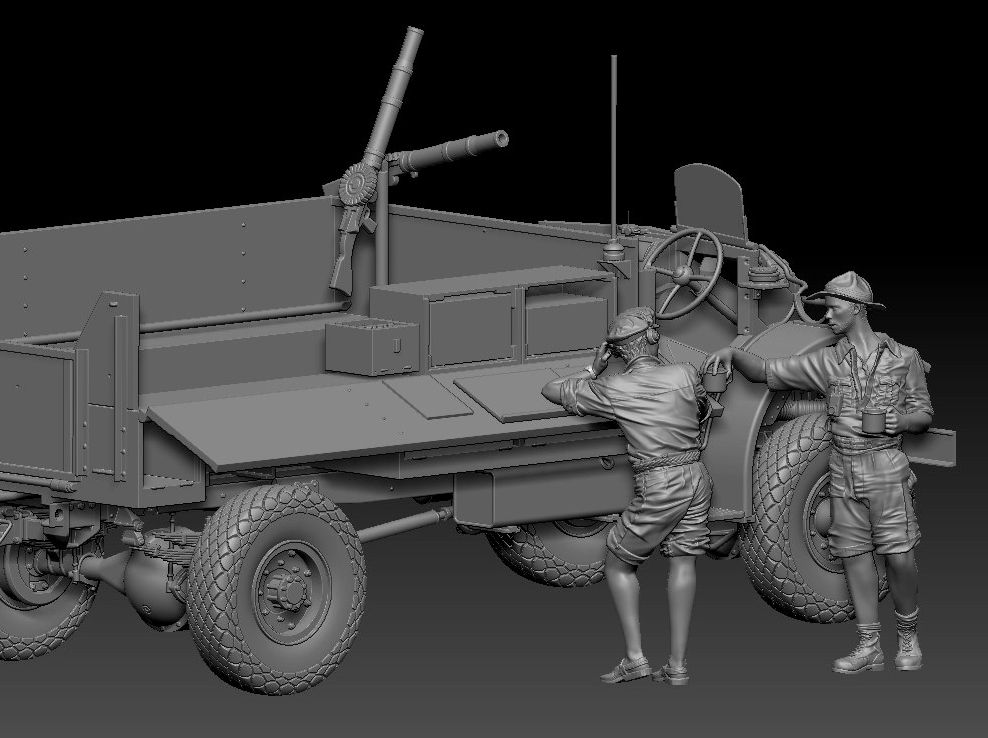

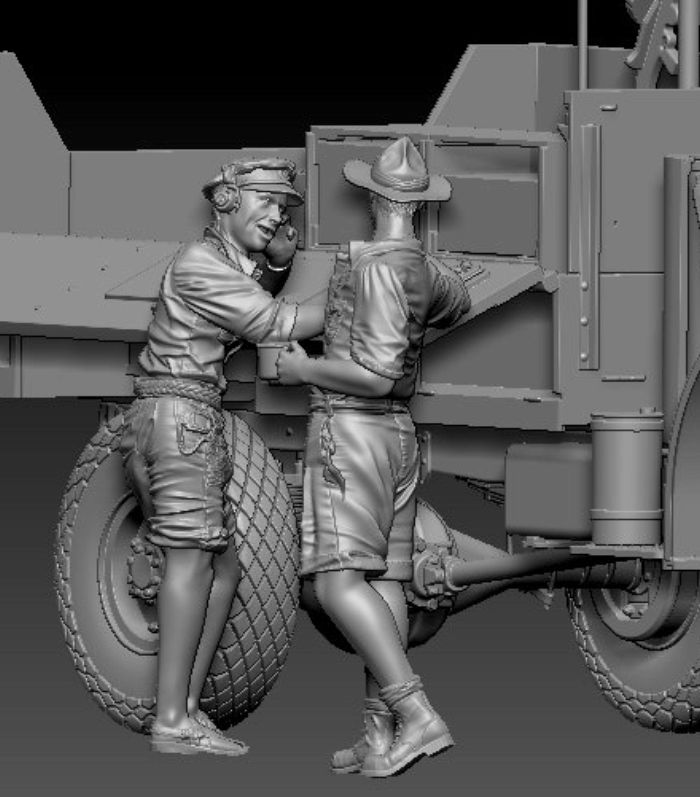


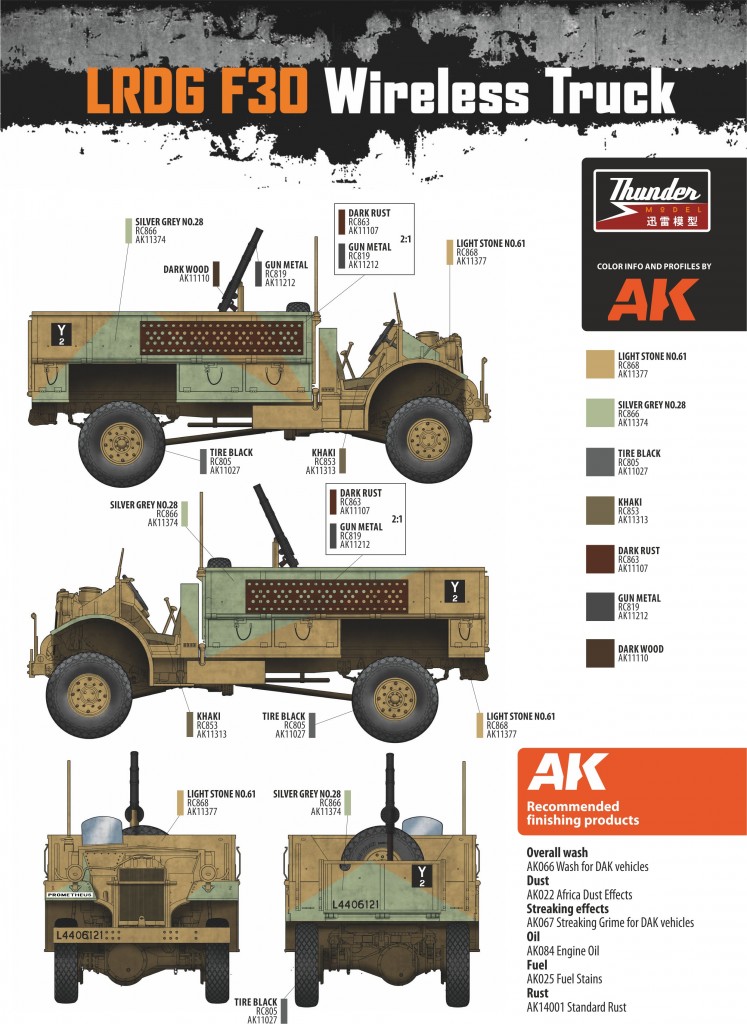
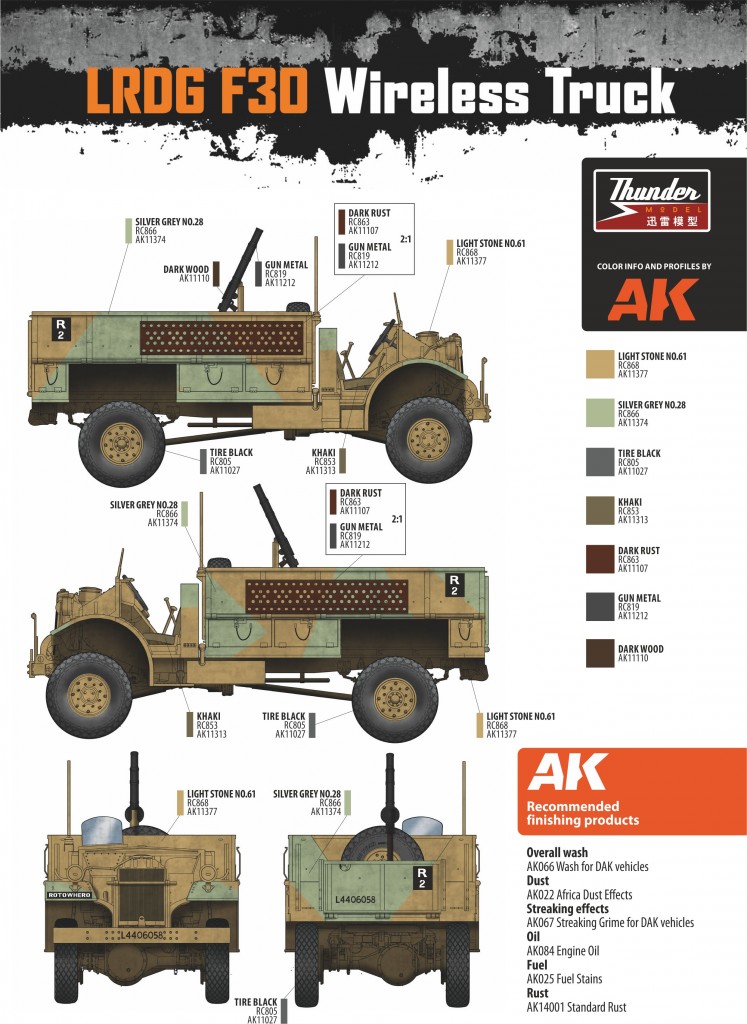



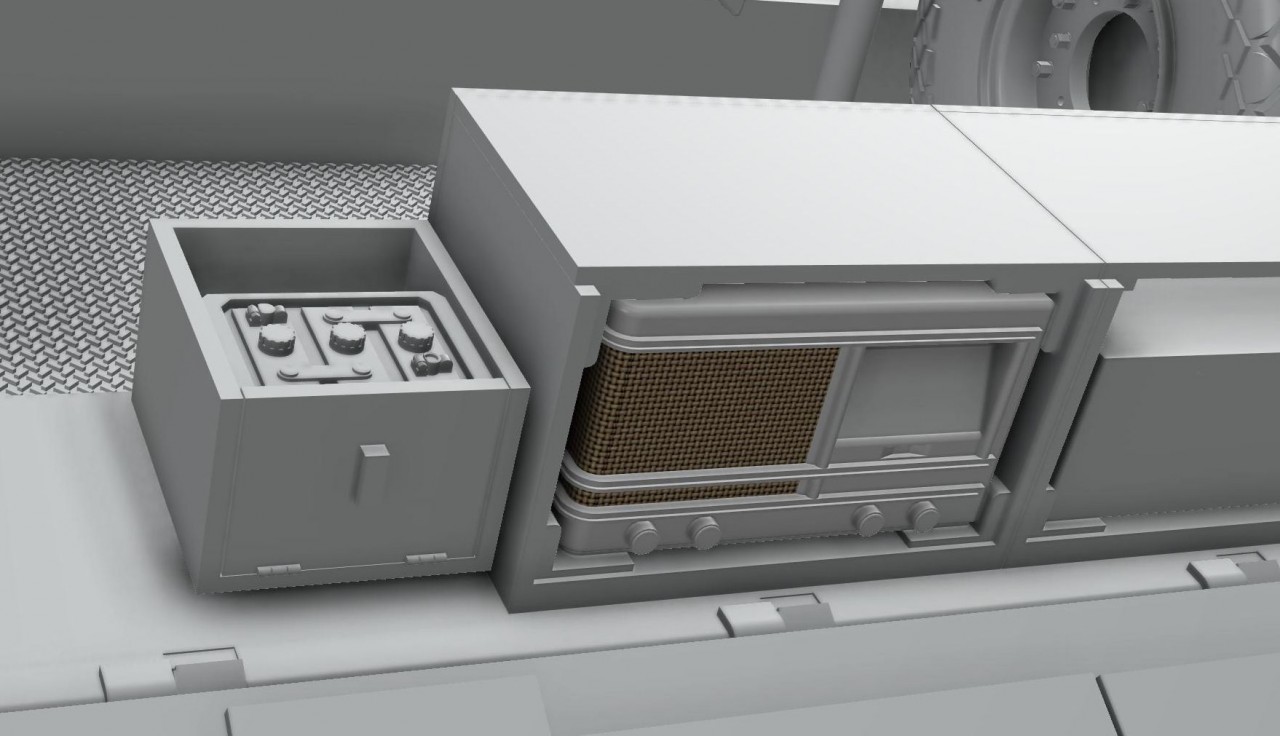
 Request of SDS product data file / Product security
Request of SDS product data file / Product security